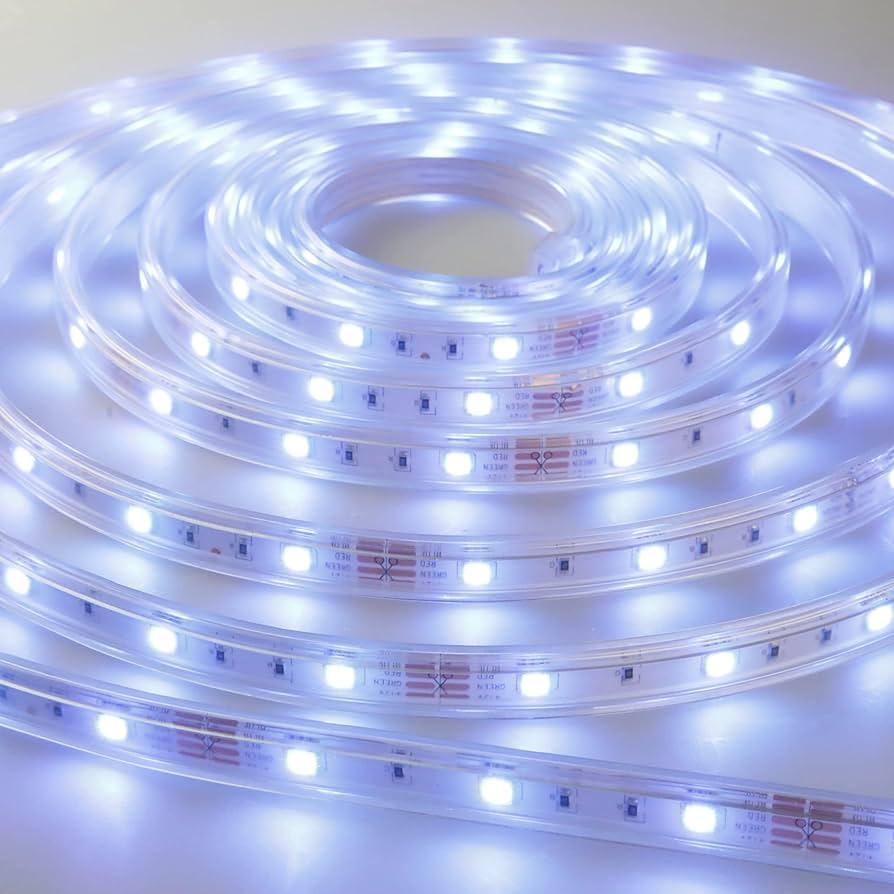In the history of lighting design, few concepts have proven as useful, practical, and adaptable as track lighting. This article aims to provide a basic understanding of how these systems work and their benefits. Whether you're considering lighting solutions for your home or business, track lighting can be a versatile and stylish choice.
When to use track lighting
Consider track systems when adjustable lighting is required. If the focal points in the area to be illuminated move often, track lighting may be the perfect solution for you. Whether it's restaurant tables or art on walls, track lighting can easily adapt to shifting focal points. Additionally, track lighting is ideal for accent and task lighting rather than general illumination. Most spaces require a balance of general, ambient illumination, task lighting, and accent lighting. Linear systems are best used for task and accent purposes. Another advantage of track lighting is that it can be a good choice if the space to be illuminated has few points of power. With track lighting, many fixtures can be powered from a single junction box, making it a practical option for spaces with limited power sources.
Read more: Why Are My LED Strip Lights Not the Same Colour?
How track lighting works
Track lighting systems are relatively simple. The system is attached to the ceiling with toggle bolts inserted directly through the track itself. While ideally, the bolts should be placed into studs, the light weight of most track systems allows for installation into sheetrock or plaster. Above the ceiling, a four-inch junction box serves as a common mounting point for a wide variety of ceiling fixtures. The track must run directly beneath a junction box where it will connect to power via a power feed canopy. Canopies are components that cover the junction box while making the physical connection from the junction box wiring to the track itself. Floating canopies can be installed at any point along the track. Other power connecting hardware, such as the common 'live end' connector, must be installed at the end of a track run. Fixtures can easily snap into the track.
Read more: LED flex strips
Line voltage track lighting vs. low voltage track lighting
In recent years, low voltage fixtures have emerged as a significant change in track lighting. The main difference between line voltage and low voltage track lighting systems lies in the power supply. Line voltage refers to the standard power that runs throughout homes and offices, while low voltage refers to power that has been converted from line voltage by a transformer to a safer level. Traditional track carries line voltage power, while low voltage fixtures for traditional track convert power from line to low voltage using a built-in transformer. Low voltage fixtures offer a smaller size, halogen bulbs for crisp white light, and consume less power. It's important to consider whether low voltage fixtures are appropriate for your application.
Read more: Do Smart Lights Require Switches To Operate?
Three track lighting standards
Over the years, track lighting has settled into three major standards: 'H type', 'J type', and 'L type'. It is essential to buy components designed for the same standard when adding fixtures or components to an existing track lighting system. For new systems, 'H type' track lighting is recommended as it has certain design advantages and is widely used in modern installations.
Track lighting limitations
While track lighting offers many benefits, it also has some limitations. Typically, every fixture on a given track is on a single circuit and must be controlled together. This means it is impossible to dim one or more fixtures independently of the others. Dual circuit track can overcome this limitation by allowing fixtures to be isolated into two groups and controlled independently. However, proper wiring is required at the junction box to allow independent control of two groups of fixtures.
Installing track systems
Installing track lighting systems is not extremely difficult and can usually be done in less than an hour for those comfortable working with electricity. However, if you're not comfortable with electrical work, it is recommended to hire an experienced electrician who can quickly and easily install a track system of any standard. Track lighting offers a versatile and stylish way to add accent and task lighting to almost any space.
Frequently Asked Questions
Q: Can track lighting be used for general illumination?
A: Track lighting is primarily used for accent and task lighting rather than general illumination. For most spaces, a combination of general, ambient lighting and track lighting is recommended.
Q: Do track lighting systems require a lot of electrical power?
A: No, track lighting systems are designed to be energy-efficient. They can provide adequate lighting while consuming less power compared to traditional lighting fixtures.
Q: Can I install track lighting myself, or should I hire a professional?
A: If you're comfortable working with electricity, installing track lighting can be a DIY project. However, if you have no experience or are unsure, it is recommended to hire an experienced electrician to ensure a safe and proper installation.
Q: Are low voltage fixtures better than line voltage fixtures?
A: Low voltage fixtures offer a smaller size, crisp white light, and consume less power. However, whether they are better depends on your specific application and requirements. Consider factors such as design, lighting needs, and personal preferences before making a decision.
Q: Can I dim track lighting?
A: Typically, all fixtures on a given track are controlled together and cannot be dimmed independently. However, dual circuit track systems allow fixtures to be isolated into two groups, enabling independent dimming. Proper wiring is necessary for this feature to work correctly.
Remember, track lighting is a versatile and practical lighting solution that can enhance the aesthetic appeal and functionality of any space. Consider your lighting needs and preferences before deciding on the type of track lighting system that best suits your requirements.





